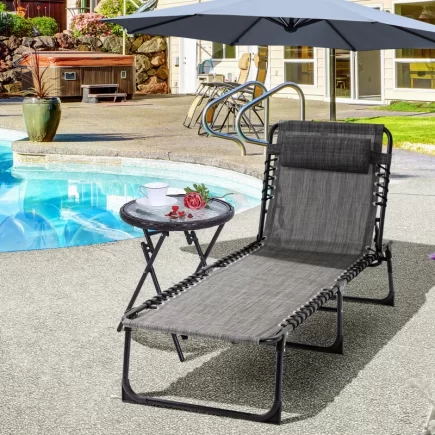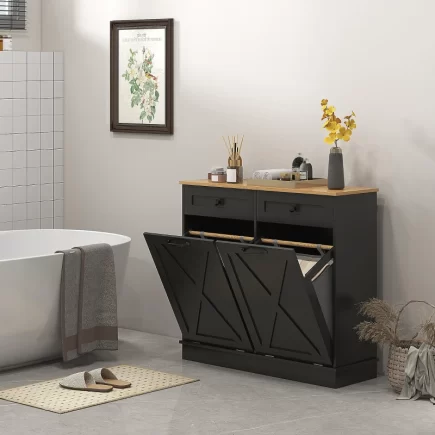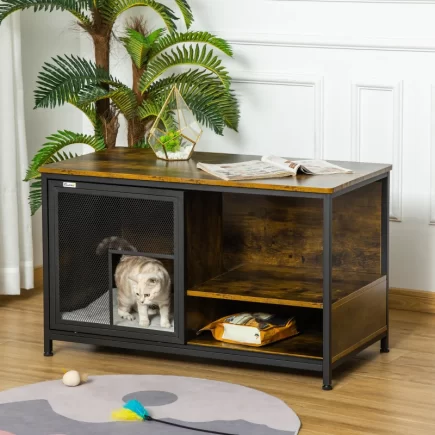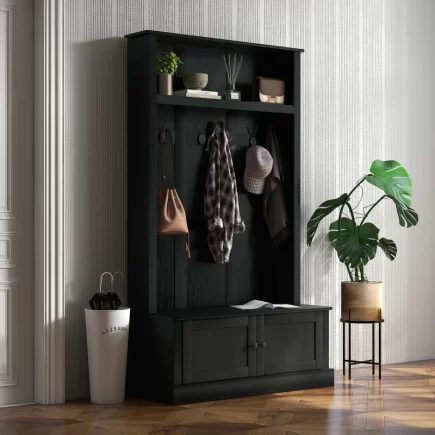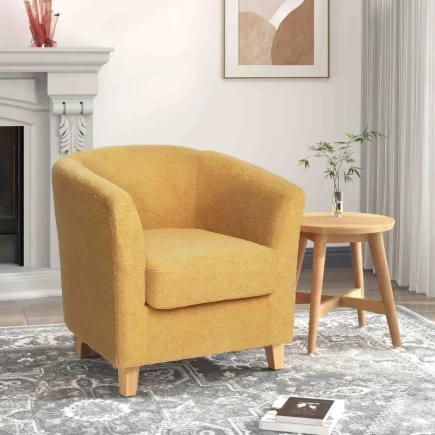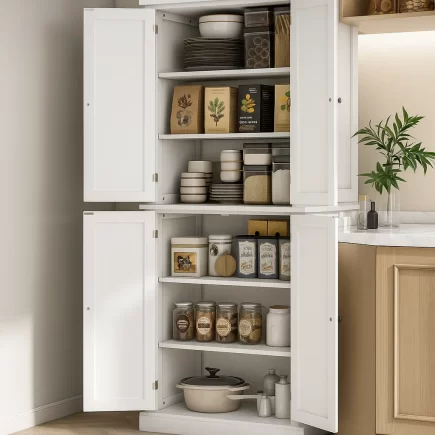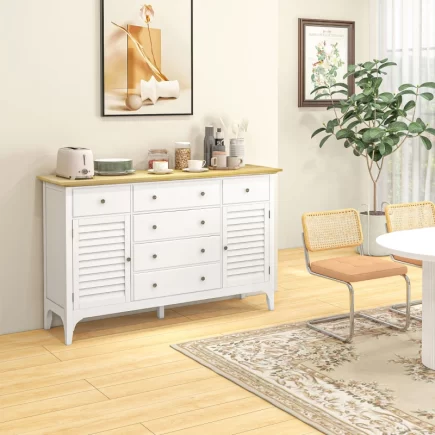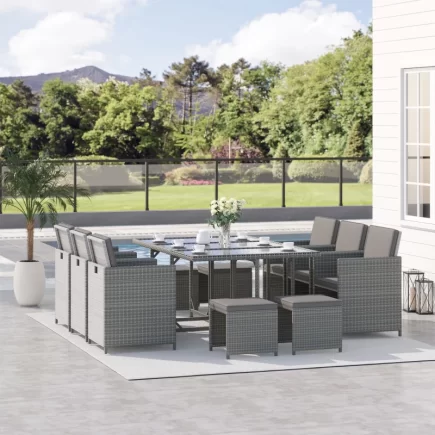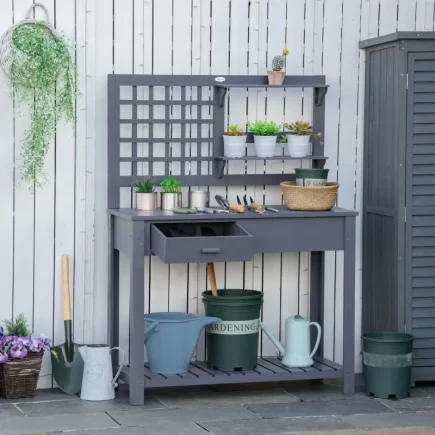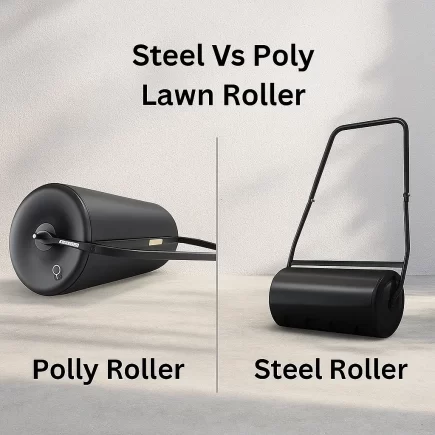Choosing the right shade solution for your outdoor area can significantly enhance your comfort and overall enjoyment. Whether you’re looking for a temporary respite from the sun or a more permanent structure to complement your backyard, understanding the pros and cons of different shading options is crucial. Gazebos and umbrellas are two of the most popular choices, but how do you know which is the best fit for your space?

Shade and Protection: Gazebo vs Umbrella
Gazebo: Full Protection for All Weather
One of the primary reasons people opt for a gazebo is its all-encompassing protection. A gazebo is typically a freestanding structure that provides a solid, roofed area, which is perfect for blocking both the sun’s harsh UV rays and rain. Gazebos are built with materials like aluminum, wood, or steel and can have sturdy roofs made from fabric, metal, or polycarbonate panels. This allows them to offer full protection throughout the year.
Key Features:
- Complete protection from both sun and rain
- Often comes with additional features like sidewalls, screens, or curtains
- Suitable for use in most weather conditions, including heavy rain
Umbrella: Sun Protection with Limited Rain Coverage
On the other hand, umbrellas are portable shade structures primarily designed to provide relief from the sun. While they can offer some rain protection, they are not as reliable as a gazebo when it comes to enduring heavy rainfall. Most umbrellas are made with fabric that may soak up water and weaken in strong winds. However, high-end umbrellas are often designed with water-resistant fabrics, though they generally don’t compare to gazebos in terms of durability during inclement weather.
Key Features:
- Great for blocking out the sun, but may not offer adequate rain protection
- Lightweight and portable
- Adjustable tilt for better sun coverage throughout the day
Durability and Weather Resistance
Gazebo: Built for Longevity
A gazebo is a long-term investment that typically withstands a variety of weather conditions. Whether constructed with steel, aluminum, or wood, gazebos are built to last and are designed to endure rain, sun, and wind. Permanent models are especially resistant to weather, with robust frames and roofs that can handle gusty winds, heavy rain, and intense sun exposure.

Durability Factors:
- Material quality: Aluminum and steel offer superior weather resistance
- Permanent models are highly durable
- Some designs are reinforced to withstand high winds
Umbrella: Lightweight but Less Weather-Resistant
Umbrellas, while affordable and portable, tend to be less durable than gazebos, especially when exposed to harsh weather conditions. Most umbrella frames are made from lighter materials like aluminum or plastic, making them less resistant to strong winds or heavy rain. The fabric on umbrella canopies may degrade over time due to sun exposure or moisture, leading to fading or even tearing.

Durability Considerations:
- Ideal for mild weather, not suited for extreme conditions like strong winds
- Fabric quality matters; high-end umbrellas are made with durable, weather-resistant materials
- Frequent replacement may be required if used in challenging conditions
Space and Coverage
Gazebo: Ample Space for Larger Groups
Gazebos typically provide much more space than umbrellas, making them ideal for larger gatherings. They can accommodate outdoor furniture, dining tables, and even larger activities like barbecues, making them a perfect choice for family gatherings or parties. Gazebo sizes can vary from small, intimate models to large structures that can cover expansive areas.
Key Benefits:
- Provides significant coverage for outdoor activities
- Accommodates multiple people and furniture
- Excellent for areas where large gatherings take place, like patios or gardens
Umbrella: Compact and Focused Coverage
Umbrellas, on the other hand, provide more focused shade. They are ideal for covering a small area, such as a dining table, lounge chair, or poolside seating. However, their compact size limits their ability to shade a large group of people. You may need more than one umbrella to cover a larger area.
Key Benefits:
- Portable and movable to adjust coverage
- Ideal for smaller spaces or specific areas
- Provides shade to targeted areas rather than large, open spaces
Cost and Budget Considerations
Gazebo: Higher Initial Investment with Long-Term Value
A gazebo generally requires a higher initial investment than an umbrella, especially if you opt for a permanent or custom-built model. However, the long-term benefits of a gazebo far outweigh the cost. A well-built gazebo adds aesthetic value to your property and can be a permanent feature in your yard. It also offers extensive coverage, durability, and long-lasting use, making it a good value over time.
Cost Breakdown:
- Range: $130 to over $2,500 depending on size, material, and customization
- Higher-end models can include motorized roofs, screens, or other features
- Adds long-term value to your property
Umbrella: Budget-Friendly, but Frequent Replacements
Umbrellas are much more affordable than gazebos, with prices typically ranging from $50 for small, basic models to over $300 for high-end, commercial-grade umbrellas. While umbrellas are a budget-friendly option upfront, they may require more frequent replacement due to weather wear and tear. This ongoing cost should be considered when weighing the overall value.
Cost Breakdown:
- Range: $50 to $300+
- Frequent replacements may be required, especially with lower-quality models
- Not as long-lasting as gazebos, making them less cost-effective in the long term
Ease of Installation and Setup
Umbrella: Quick and Simple Setup
One of the main advantages of umbrellas is their ease of installation. Most umbrellas are lightweight, easy to assemble, and can be set up in minutes without the need for professional help. Some models come with features like crank handles, pulleys, or even motorized systems to make setup even easier.

Key Features:
- Fast assembly and installation
- No professional help required
- Can be easily stored during the off-season
Gazebo: Requires Professional Help for Larger Models
Gazebos, particularly permanent ones, are more complex to install. Depending on the size and style, a gazebo may require professional installation, which can add to the overall cost. For DIY enthusiasts, portable gazebos can be set up without much trouble, but even these may require more effort than an umbrella.

Key Features:
- Professional installation may be required for permanent models
- Portable gazebos are easier to assemble but still require more time than umbrellas
- Some models may involve permits if installed permanently in certain areas
Portability vs. Stability
Umbrella: Highly Portable and Adjustable
Umbrellas are perfect for those who need flexibility. They can be moved from one part of your yard to another and adjusted throughout the day to follow the sun. Whether you want shade over your dining table in the morning and over the pool in the afternoon, an umbrella makes it easy to change locations.
Key Features:
- Easy to move and adjust
- Ideal for temporary use
- No permanent setup
Gazebo: Stability for Permanent Shade
If you’re looking for a more stable, long-term solution, a gazebo is your best option. While not portable, a gazebo provides a permanent structure that remains fixed in place. This is ideal for those who want to create a dedicated outdoor area, like a patio or garden, that doesn’t need to be moved.
Key Features:
- Fixed structure, ideal for creating a permanent outdoor space
- No need for frequent adjustments
- Ideal for larger outdoor settings
Aesthetic Appeal
Gazebo: Elegant and Customizable
Gazebos are often seen as elegant and sophisticated structures that can add a refined touch to any garden, patio, or backyard. With customizable designs and finishes, you can choose a gazebo that complements your home’s exterior or outdoor furniture. Permanent gazebos can be built to blend seamlessly with your landscape design.
Key Features:
- Adds aesthetic value to your outdoor space
- Customizable in size, material, and style
- Great for creating a focal point in your backyard
Umbrella: Casual and Versatile
Umbrellas offer a more casual look but come in a variety of styles, colors, and sizes. They are a versatile option for most outdoor spaces and can match many different furniture sets. While not as elegant as a gazebo, umbrellas can still enhance the look of your patio or poolside area.
Key Features:
- Casual, yet stylish
- Available in various colors and styles
- Less customizable than gazebos
Maintenance and Care
Umbrella: Minimal Maintenance
Umbrellas are relatively low-maintenance, especially if you choose a model made from durable, weather-resistant materials. Periodic cleaning and storing them during off-seasons will extend their lifespan. However, if exposed to harsh weather frequently, umbrellas may need more care or even replacement of the canopy fabric.

Key Features:
- Easy to clean and store
- Requires minimal maintenance
- Can degrade over time due to exposure to the elements
Gazebo: Regular Upkeep Required
Due to their larger size and more complex construction, gazebos require more frequent maintenance. You’ll need to check for wear and tear, especially on the fabric, roof, and optional sidewalls. Additionally, permanent gazebos may require cleaning of the structure itself, and wooden gazebos may need periodic sealing or staining.
Key Features:
- Regular cleaning and maintenance needed for fabric and roof
- Wooden gazebos may require periodic staining or sealing
- More upkeep is required for permanent installations
Final Verdict: Which One Is Best for You?
Choosing between a gazebo and an umbrella ultimately depends on your specific needs. If you want a more permanent, durable solution that offers ample coverage for larger gatherings, a gazebo is the way to go. On the other hand, if you need portability, affordability, and quick setup, an umbrella will be a better fit.
Consider your outdoor space, the weather conditions in your area, and how often you plan to use the structure. By understanding these factors, you’ll be able to choose the right shade solution for your lifestyle.
FAQs
1. What is a cheaper alternative to a gazebo?
A cheaper alternative to a gazebo is an umbrella. It’s easy to set up, portable, and provides shade and protection from the elements without the hefty price tag of a permanent gazebo.
2. Does a gazebo or umbrella increase property value?
Yes, a gazebo can increase property value by enhancing outdoor appeal, creating a functional space for relaxation or entertainment, and adding aesthetic charm to your yard.
3. How long will a gazebo or umbrella last?
Gazebos can last many years if well-maintained, especially if made from durable materials like metal or wood. Umbrellas, while typically cheaper, last around 3-5 years depending on the quality and exposure to harsh weather.
4. Can I install a gazebo or umbrella myself?
Gazebos often require professional installation, especially permanent models, due to their complexity and size. Umbrellas, however, are easy to set up and can be installed by one person within minutes.

